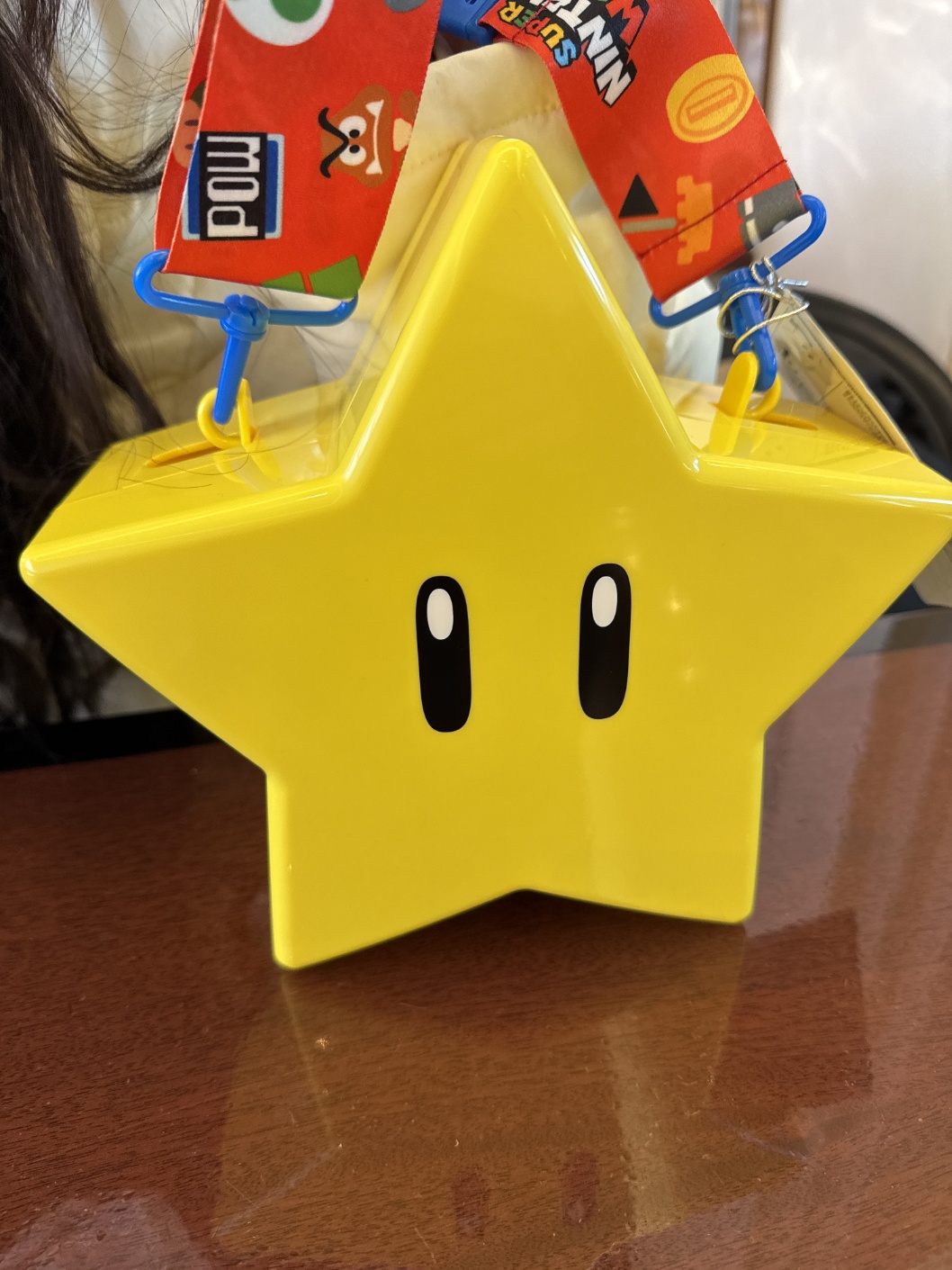Complete Guide to Subway, Bus, and Taxi for Tourists

서울로 처음 여행오는 외국인 친구라면 공항에서 나오는 순간부터 막막할 수 있어요.
저도 외국 처음갔을때 당황한 적이 여러번 있었는데요.
파워J 까진 아니여도 J에 속한 사람이라 미리 검색하고 간 덕분에 엄청나게 해매진 않았던 거 같아요.
요즘엔 어플이나 구글지도도 너무 잘 되어있지만 간혹 정확하지 않은 경우도 종종 있더라구요.
가는길이나 방법은 어플에서 언제든 찾을 수 있지만 교통비나 다양한 정보를 미리 알고 한국에 오신다면
더 즐거운 여행을 하실 수 있으리라 믿어요.
If it’s your first time visiting Seoul, things can feel overwhelming the moment you step out of the airport.
I remember how flustered I felt during my first trip abroad.
I may not be a full-blown “Power J” (in MBTI terms), but I do lean toward the J side—so I did a lot of research beforehand, which helped me avoid getting completely lost.
These days, apps and Google Maps are incredibly helpful, but they’re not always 100% accurate.
While navigation apps can help you figure out directions anytime, having some knowledge about transportation costs and other useful tips in advance can make your trip to Korea even more enjoyable.

보통은 서울로 많이 여행오시니 서울 기준으로 알려드릴까해요.
서울을 대표하는 교통수단은 3가지 정도가 있어요.
지하철 / 버스 / 택시
서울에 지하철은 노선도 많고 다양해요.
전 일본에 갔을때 진짜 서울보다 훨씬 많고 다양해서 엄청 햇갈렸거든요.
요금이 노선마다 다르기도하고 복잡했어요.
그에 비해 서울은 티머니 카드 하나면 어디든 쉽게 환승도 하고 갈아탈수 있어요.
특히 영어 안내가 잘 되어있어서 영어 사용자 들은 쉽게 이동 하실 수 있을거에요.
Since most travelers usually visit Seoul, I’ll base this information on getting around the city.
There are three main types of public transportation in Seoul:
subway, bus, and taxi.
Seoul’s subway system is extensive and well-connected.
When I visited Japan, I was surprised by how much more complex their system was compared to Seoul—it was honestly pretty confusing! The fares also varied by line, which added to the complexity.
In contrast, Seoul’s system is much simpler. With just one T-money card, you can easily transfer between different lines and modes of transport.
Plus, English announcements and signs are well-prepared, so English speakers should have no trouble navigating the city.

교통카드는 지하철뿐만 아니라 버스를 환승할때도 필요하기 때문에 여행경비를 절약하기 위해선
서울에서 외국인은 티머니카드가 꼭 필요합니다.
요즘엔 현금없는버스도 많아서 아무리 현금으로 돈이 있다고 해도 카드가 없다면 탑승 자체를 못할수 있어요.
그리고 제일 좋은 서비스는 환승 입니다.
지하철에서 카드를 찍고 나와서 버스를 갈아타면 버스비를 추가로 내지 않고도 갈아탈수 있거든요.
버스의 종류에 따라 조금 내야하는 경우는 있을 수 있구요.
거리에 대비해서 추가요금은 붙지만 금액이 크지 않아요.
A transportation card isn’t just for the subway—it’s also essential when transferring to buses.
If you want to save money during your trip, getting a T-money card is a must for anyone visiting Seoul.
These days, many buses don’t accept cash, so even if you have Korean money on hand, you might not be able to get on without a card.
One of the best features of Seoul’s transportation system is the transfer benefit.
For example, if you tap your card when exiting the subway and then transfer to a bus, you won’t be charged an additional fare.
There may be small additional charges depending on the type of bus or the distance traveled, but overall, it’s very affordable.

교통카드는 편의점이나 지하철역에서 3000원 정도에 구입할 수 있구요.
지하철 역,편의점 어디에서나 충전이 가능해요.
넉넉하게 충전했다가 여행이 끝나고 금액이 남았다면 편의점이나 마트 어디서든 결제가 가능해요.
예전엔 그래서 아이들에게 용돈을 티머니에 금액 충전으로 많이 해줬었는데요.
요즘은 각자 신용카드나 체크카드를 다 들고다니는 추세라 티머니카드는 많이 안쓰는거 같네요.
You can buy a T-money card for around 3,000 won at convenience stores or subway stations.
You can also top it up easily at any convenience store or subway station.
If you load more than you need and still have balance left at the end of your trip, don’t worry—you can use the remaining amount to make purchases at convenience stores or supermarkets.
Back in the day, many parents used to load allowance money onto T-money cards for their kids.
These days, since most people carry their own credit or debit cards, T-money cards aren’t used as much by locals—but for travelers, they’re still incredibly useful!

다시 지하철 얘기로 돌아와서..ㅎㅎ
카드 충전 후 탑승 할때 카드를 찍고 나갈때 찍으시면 됩니다.
요금은 기본요금 1400원 ( 약 $1.00 )에서 10km 이상 이동 시 , 5km 당 100원 추가되요.
뉴욕 지하철이 $2.90 런던 튜브가 £2.80 ~ £5.60 정도인걸 보면 서울 지하철은 저렴하고 시설이 훨씬 깨끗하다고 자부해요. 한국 지하철이 깨끗하다는건 많이 들어서 아실꺼에요. 지하철 내에 화장실도 깨끗하게 잘 관리 되어있고 휴지도 대부분 비치되어 있습니다. 지하철 안에 편의점이나 간단한 간식을 파는 곳도 많고, 고속터미널 지하상가 처럼 저렴하게 옷을 구매할 수 있는 쇼핑센터도 있으니 재밌게 다니실 수 있을거에요.
아! 혹시 수유실이 필요하다면 지하철 내에 수유실도 대부분 잘 되어있으니 이용해보세요^^
Now, back to the subway—haha!
After you top up your T-money card, just tap it when entering and exiting the station.
The base fare is 1,400 won (about $1.00), and if you travel more than 10 km, an extra 100 won is added for every 5 km.
When you compare it to cities like New York ($2.90) or London (£2.80–£5.60), Seoul’s subway is not only much cheaper, but also noticeably cleaner and better maintained.
You’ve probably heard about how clean Korean subways are—and it’s true!
Public restrooms in subway stations are well-kept and usually stocked with toilet paper, which isn’t always the case in other countries.
Many stations also have convenience stores or snack kiosks, and places like Express Bus Terminal Station feature underground malls where you can find clothes and accessories at very affordable prices.
Oh—and if you're traveling with a baby, most stations also have nursing rooms, which are clean and easy to use. Be sure to check them out!

외부에서 움직이신다면 버스도 좋은 방법이에요.
지하철은 큰 이슈가 없다면 정확한 시간이 장점이구요.
버스는 차가 막히거나 시간이 조금 다를 수는 있지만 서울 버스들은 대부분 전용도로를 사용하기 때문에 비교적 시간도 정확한 편이에요.
파란색이나 초록색 버스를 보통 많이 타실텐데요. 좀 멀리가는 빨간버스나 동네위주로 구석구석 다니는 마을버스인 노란버스도 있어요. 요즘에는 거의 각 정류장마다 도착 예정시간이 표시되고 실시간 안내 어플도 모두 활성화 되어있어서
시간도 모두 정확하답니다.
서울 거리를 구경하면서 다니기엔 지하철 보다 버스가 훨씬 매력적이죠.
일반버스는 1400원 ~ 1800원 (약 $1.00 ~ $1.30)
광역버스는 2500원 (약 $1.80) 정도에요.
파리버스가 €2.10 도쿄 버스가 ¥210 (약 $1.50) 인걸 비교해 보면 서울 버스는 다양하고 저렴하면서 환승 할인도 큰 장점입니다. 버스를 내릴땐 꼭 카드를 태그하셔야 하구요. 버스와 버스 끼리도 환승이 가능하니 꼭 이용해보세요.
If you're traveling above ground, taking the bus is also a great option.
Subways are known for their punctuality—unless there’s a major issue, they’re very reliable when it comes to timing.
Buses can be slightly affected by traffic or timing variations, but in Seoul, most buses use dedicated bus lanes, so they tend to run quite smoothly and on time.
You’ll mostly be riding blue or green buses, which are the most common.
There are also red buses for longer-distance commutes and yellow village buses that circulate through neighborhoods and cover smaller, local areas.
These days, arrival times are displayed at most bus stops, and real-time bus apps are widely available and very accurate.
If you want to enjoy the views of Seoul while moving around, buses are a much more scenic option than the subway.
- Regular city buses cost between 1,400–1,800 won (about $1.00–$1.30).
- Red intercity buses are around 2,500 won (about $1.80).
Compared to other cities—like Paris (€2.10) or Tokyo (¥210, around $1.50)—Seoul’s buses are more affordable, offer a wide range of routes, and provide transfer discounts, which is a huge plus.
Just don’t forget to tap your card again when getting off the bus to ensure you receive the transfer discount.
You can even transfer between buses, so take advantage of that too!

택시는 정말 비교할 수 없이 편리한 서비스 인데요.
예전엔 도로에 가는 택시를 잡아서 타느라 요금도 바가지를 쓴다거나 힘들다던 외국인들이 많았는데요.
요즘엔 거의 어플로 호출을 해서 탑승을 하기때문에 요금도 정확하게 체크되고
내가 있는 곳으로 바로 와주니 너무 서비스가 좋아졌죠.
앱으로 호출하면 위치 공유도 되고 외국어 번역 기능도 잘 되어있어서 이용하시기 편할거에요.
요금은 기본 4800원 (약 $3.50) 모범택시는 7000원 (약 $5.10) 부터 거리에 따라 요금이 추가되구요.
심야할증은 밤 10시 이후부터 새벽 4시까지 20 ~ 40% 할증요금이 붙어요.
서울은 밤 늦게에도 밝은 도시라 아무리 늦은시간에도 택시가 정말 잘 잡힌답니다. ㅎㅎ
다른 나라에 비해 택시 요금은 거의 비슷한 편이지만 거리 대비 조금 더 저렴하긴해요.
전에 일본 여행가서 택시탔다가 진짜 놀랐거든요.
서울은 그정도는 아닙니다만 왠만하면 대중교통을 이용하는게 경제적이겠죠??
- 서울 지하철 앱 추천: Kakao Metro, Subway Korea
- 버스 실시간 앱: Naver Map, Kakao Map
- 택시 호출: 카카오T (영문 가능)
- 하루에 많이 이동한다면: 1일권 T-money 카드 구매 추천 (5,000원)
Taxis are undeniably one of the most convenient ways to get around in Seoul.
In the past, many foreigners struggled to hail a taxi on the street, and some even got overcharged. But these days, most people use taxi apps, which has made the whole experience safer, more accurate, and way more comfortable.
With an app, you can:
- See the estimated fare in advance
- Share your location for safety
- Use built-in translation features that make communication much easier
The base fare is 4,800 won (around $3.50), and deluxe taxis start at 7,000 won (about $5.10).
The total fare increases depending on the distance and time.
There’s also a late-night surcharge of 20–40% from 10 PM to 4 AM.
One great thing about Seoul is that even late at night, the city is bright and active—so catching a taxi is usually not a problem, even at midnight!
Compared to other countries, taxi fares in Seoul are relatively affordable considering the distance.
When I visited Japan, I was shocked by the high taxi fares—Seoul isn’t nearly that expensive.
That said, if you’re traveling on a budget, public transportation is still the more economical option.
Helpful apps for getting around Seoul:
- Subway navigation: Kakao Metro, Subway Korea
- Real-time bus info: Naver Map, Kakao Map
- Taxi-hailing app: Kakao T (available in English)
- For heavy travel days: Consider getting a T-money 1-Day Pass (5,000 won) for unlimited subway rides in a day.


서울에서 다른건 몰라도 교통만큼은 큰 걱정 없이 오셔도 됩니다.
어딜가던 다양하게 선택해서 이동할 수 있을 정도로 대중교통이 잘 되어있구요.
외국인 안내도 정말 잘 되어있는 곳이기 때문에 편하게 여행 하실 수 있으실 거에요.
혹시 서울에서 교통이용중 궁금한 점이나 어려운 경험이 있었다면 알려주세요. 제가 도와드릴께요 ~~
다음엔 공항에서 시내로 가는 방법이나 KTX와 같은 고속열차로 이동하는 방법도 알려드릴께요.
When it comes to getting around Seoul, transportation is one thing you really don’t need to worry about.
The public transport system is incredibly well-developed, giving you multiple options no matter where you're headed.
Plus, foreigner-friendly guidance is available everywhere—so you’ll find it easy and stress-free to travel around the city.
If you ever have questions or run into any issues while using public transportation in Seoul, feel free to reach out—I’m happy to help! 😊
Next time, I’ll share tips on how to get from the airport to the city and how to travel around Korea using high-speed trains like the KTX. Stay tuned! 🚄✈️

